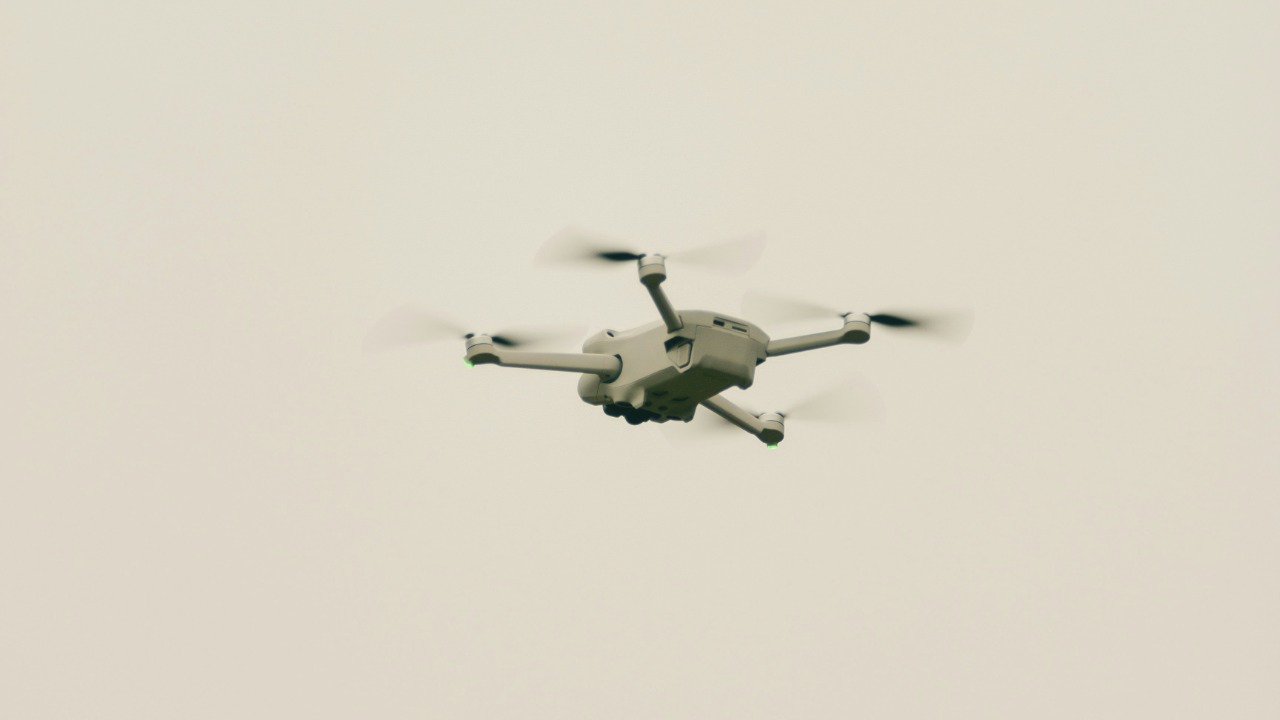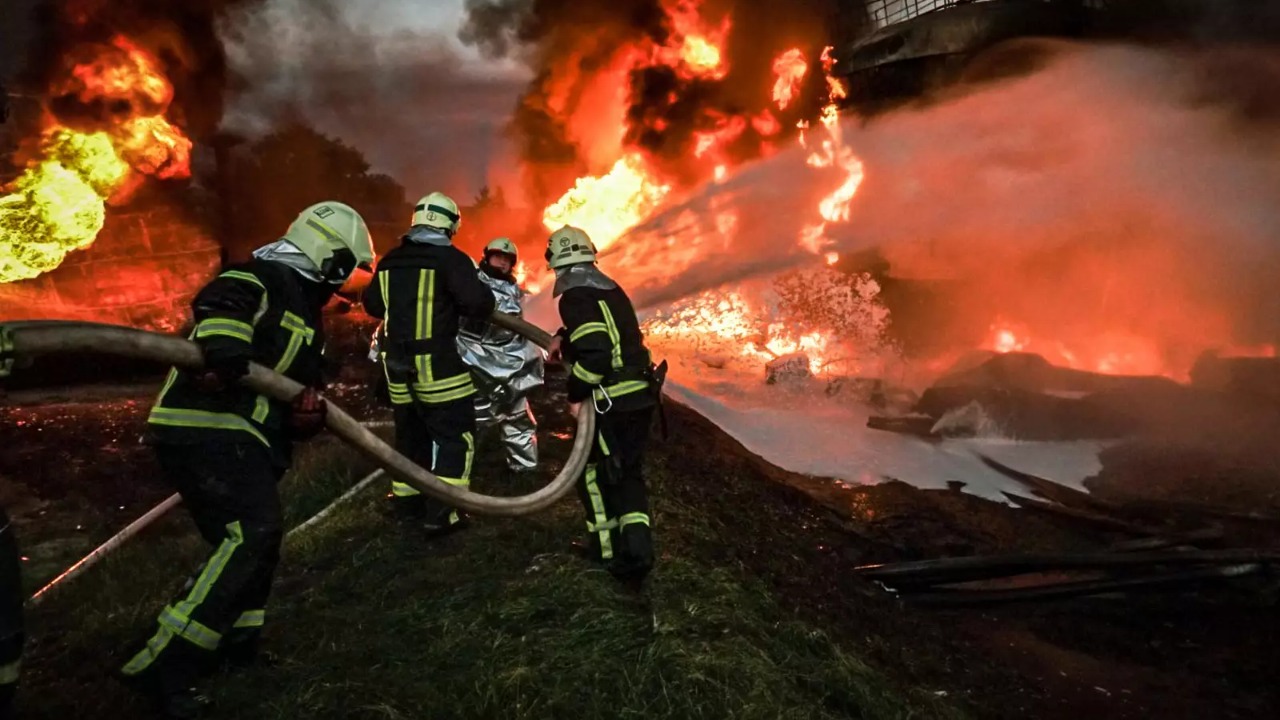
Ukraine’s drone offensive has significantly impacted Russia’s oil infrastructure, particularly targeting facilities in the Black Sea region, such as the key port of Novorossiysk. This strategic approach has disrupted Russia’s oil export capabilities and hampered its economy. The use of drones has allowed Ukraine to strike with precision, causing substantial disruptions while minimizing collateral damage.
Ukraine’s Drone Strategy

Ukraine has increasingly relied on drones to target critical Russian infrastructure, demonstrating both technological advancements and tactical innovation. This strategy has been particularly effective in leveling the playing field against Russia’s larger conventional forces. Ukrainian military officials have highlighted the importance of drones in their operations, emphasizing their role in achieving strategic objectives with minimal resources (Source).
The offensive has been characterized by precision strikes on oil depots and refineries, focusing on minimizing collateral damage. This approach not only disrupts Russian operations but also showcases Ukraine’s commitment to adhering to international norms of warfare. By targeting specific facilities, Ukraine aims to weaken Russia’s economic backbone without causing widespread destruction (Source).
In addition to targeting oil infrastructure, Ukraine has utilized drones for reconnaissance and intelligence gathering, providing real-time data to enhance battlefield awareness. This capability has allowed Ukrainian forces to anticipate and counter Russian movements more effectively, further leveling the playing field. The integration of drone technology into Ukraine’s military strategy underscores a shift towards more modern, agile warfare tactics that prioritize speed and precision over sheer numbers (Source).
Ukraine’s drone strategy also involves collaboration with international partners to acquire advanced drone technology and training. This cooperation has facilitated the development of a robust drone program capable of executing complex operations. By leveraging international support, Ukraine has been able to enhance its technological capabilities, ensuring that its drone operations remain at the forefront of modern military tactics. This international dimension not only strengthens Ukraine’s military but also reinforces its strategic alliances (Source).
Impact on Russia’s Oil Infrastructure

The port of Novorossiysk, a pivotal hub for Russian oil exports, has faced repeated drone attacks, causing significant disruptions in operations. These attacks have led to temporary reductions in Russia’s oil export capacity, impacting global oil prices. The strategic targeting of such a critical location underscores the effectiveness of Ukraine’s drone strategy in exerting economic pressure on Russia (Source).
Damage to key facilities and equipment has forced Russian authorities to acknowledge the increased pressure on their oil logistics and supply chains. The sustained drone offensive has compelled Russia to reassess its security measures and resource allocation, highlighting the vulnerabilities in its infrastructure (Source).
The repeated drone strikes have forced Russia to implement costly repairs and upgrades to its oil infrastructure, diverting funds from other critical sectors. This financial burden has been exacerbated by the need to import specialized equipment and expertise, further straining Russia’s economy. The ongoing threat of drone attacks has also led to increased insurance premiums for Russian oil facilities, adding another layer of economic pressure (Source).
Moreover, the psychological impact of these attacks cannot be underestimated. The persistent threat of drone strikes has created an atmosphere of uncertainty and vulnerability within Russia’s oil industry. This has led to operational inefficiencies as facilities operate under heightened security protocols, slowing down processes and reducing overall productivity. The strategic disruption of Russia’s oil infrastructure serves as a testament to the effectiveness of Ukraine’s drone campaign in undermining Russian economic stability (Source).
Economic Repercussions for Russia

The reduction in oil export capacity has resulted in substantial financial losses for Russia, with estimates reaching millions of dollars per day. This economic strain is compounded by existing international sanctions, which further limit Russia’s ability to mitigate the impact of the drone strikes. Analysts suggest that the ongoing offensive could exacerbate Russia’s economic challenges, potentially leading to long-term repercussions (Source).
In response to the drone attacks, the Russian government has been forced to allocate additional resources to bolster the security of its oil infrastructure. This diversion of funds from other critical areas underscores the significant impact of Ukraine’s strategy on Russia’s economic stability. The need to enhance security measures reflects the broader implications of the drone offensive on Russia’s national priorities (Source).
International Reactions and Implications

Western nations have expressed support for Ukraine’s defensive measures, viewing the drone offensive as a legitimate response to Russian aggression. This support highlights the geopolitical dimensions of the conflict, with Ukraine’s actions resonating with international efforts to counterbalance Russian influence. The disruption of Russian oil exports has also caused fluctuations in global oil markets, prompting discussions among OPEC members about potential production adjustments (Source).
The use of drones in the conflict has sparked debates on the future of warfare, with experts predicting increased reliance on unmanned systems in military strategies worldwide. This shift in military tactics reflects broader trends in technological innovation and strategic planning, as nations seek to adapt to new forms of conflict. The implications of Ukraine’s drone strategy extend beyond the immediate conflict, influencing global military doctrines and defense policies (Source).